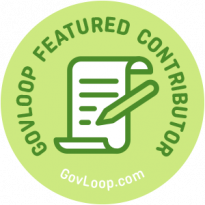While change has always been a constant for federal employees serving across administrations, the last six months have brought a new level of uncertainty in terms of job stability and agency mission. Within an environment of cuts in jobs and budgets, and changes in policies, the federal workforce has admirably continued supporting citizens. The pace of change and continued cuts in workforce seem likely to continue with the proposed FY26 budget, including a 7% reduction in jobs across federal civilian agencies. In light of this, a focus on employee engagement is more important than ever.
Why Engagement Matters

Engaged employees are emotionally and intellectually invested in their work and organization, and many public sector employees are already motivated by the mission of their organization. People often choose careers in public service over better-paying opportunities in the private sector because of a commitment to mission and the desire to make a difference. With this kind of motivation, engaged employees go beyond simply doing their jobs — they bring energy, dedication, and a sense of purpose to what they do, resulting in higher levels of service and innovation.
A report from the Office of Personnel Management found that federal work units in the top quartile of employee engagement outperform bottom-quartile units significantly — by 10% on customer ratings, 22% in profitability, and 21% in productivity.
What It Means to Be Engaged
Government leaders are working at an advantage with an employee population that is inclined to engagement. In cultivating this level of involvement, it is important to remember that an employee does not have to be happy to be invested in their job. Many jobs in government deal with difficult situations, such as telling people they owe taxes, helping a business get back on its feet after a natural disaster, or responding to a public health crisis. While no one feels happy about these situations, they can still be engaged in obtaining the best outcome for all involved.
Highlighting the role each employee plays in carrying out the agency’s mission can fuel engagement and encourage the resultant innovation.
Building an Environment for Engagement
To cultivate engagement in an agency, consider the following tactics:
- Encourage Open Communication — Especially in times of change and uncertainty, build an environment of openness where employees feel comfortable asking questions. Employees need to feel heard; even the answer “I don’t know” acknowledges their concern, as well as emphasizing that everyone is together in seeking answers. Formal events and processes like town halls, email newsletters, and suggestion boxes can build an overall open-door environment.
- Invest in Professional Development — Employees who feel supported in their careers become engaged in the organization. Offer opportunities for learning with in-agency professional development events like lunch-and-learns or rotational assignments, in addition to supporting attendance at professional education events and webinars.
- Recognize and Reward Contributions — Recognition doesn’t have to be expensive to be effective. A simple “thank you” from a supervisor, a shoutout during team meetings, or a monthly award for outstanding service can go a long way.
- Empower Through Autonomy — While government work often comes with constraints, employees still benefit from having autonomy in how they achieve their goals. Empowering teams to make decisions, take ownership of projects, and contribute ideas promotes a sense of agency and engagement.
Building engagement in government isn’t just about perks or programs; it’s also about creating a culture of purpose, trust, recognition, and growth. By focusing on these principles, government leaders can inspire a more committed and energized workforce — one that provides innovative and responsive citizen service even in uncertain times.
As the founder of GovEvents and GovWhitePapers, Kerry is on a mission to help businesses interact with, evolve, and serve the government. With 25+ years of experience in the information technology and government industries, Kerry drives the overall strategy and oversees operations for both companies. She has also served in executive marketing roles at a number of government IT providers.





Leave a Reply
You must be logged in to post a comment.